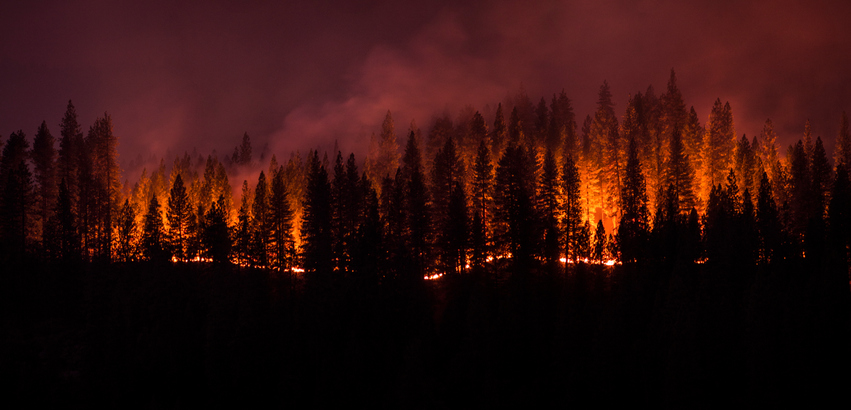Wildfires have become a dreaded part of Washington state’s summers. House Bill 1168 seeks to address the annual problem by fully funding the state’s wildfire response, forest restoration, and community response program.
During Labor Day weekend communities throughout our state were devastated by a series of fires. Many ranchers were forced to begin feeding their surviving livestock hay usually reserved for the cold winter months that mark much of our legislative session. Residents of Malden and elsewhere lost their homes and belongings. In the months since last Labor Day, the full cost of those fires is still being assessed.
What doesn’t take long to assess is the need for change. To assign blame for those fires and the suddenness of their arrival almost entirely on climate change is foolish and unscientific.
The communities around our state still hurting from the consequences of the fires are resilient and know better than anyone what it takes to protect their land and the surrounding areas from more fires: management and care.
The proposed legislation would expedite management and care by directing the Washington State Department of Natural Resources to engage in active annual management of our forests. There are several avenues for management identified in the legislation including development of partnerships with federally recognized tribes, other state agencies, federal agencies, and local fire and fire-related districts; purchase of necessary equipment to respond to wildfires more quickly and effectively; creation of a state-based education and career initiative to encourage jobs in firefighting and forestry; and use of prescribed burns and logging to actively manage our timber load.
As a child I used to watch the sky in late August billow with smoke from seasonal fires. Useful, controlled fires that would crawl across recently harvested wheat fields to give the soil new life. When the state began to intrude upon the decisions of private property owners, requiring permits and assessing fees, the practice of beneficial burning became less prevalent. These seasonal burns were curtailed for the sake of air quality. However, given the catastrophic air quality events we have suffered in recent years, seasonal, controlled, properly timed burns are a far superior course of action.
Fire does not have to be the enemy of Washingtonians or rural communities as it has been in recent memory. Nor should it be.
With approximately 43 percent of our state owned by state and federal agencies, it is time for a change in how public lands are managed. Fire, local knowledge, and agricultural communities should be seen as useful tools in the fight against catastrophic events that leave people homeless, livestock dead, and land denuded of vegetation.
First, people who live in communities with high fire risk should be relied upon for their knowledge of the landscape. Whether a governmental agency is crafting a management plan or responding to a fire event, locals should be considered a resource. If a fire occurs outside of a fire district, local, trained volunteers should be provided with a communications channel that agency responders are aware of and be allowed to defend against encroaching flames until help arrives.
Residents should be also considered the primary stakeholders in any discussion of land management. While public lands are meant for public use, they are lived with by the people closest to them.
Whether the land is public or private, action must be taken to ensure the fires we see statewide are more beneficial than harmful.
Holistic approaches to management include allowing grazing, logging, and prescribed burning on public lands.
Grazing of the understory in heavily forested areas lessens the fuel load for large fires. By allowing livestock to graze through our state and federal forests, Washingtonians help to promote healthy trees, soils, insect, and plant life in the shaded areas below the canopy.
Logging provides benefits to forest health by identifying and removing diseased, dying, and dead trees. Harvesting also makes forests safer for hikers, wildlife, and other recreators by removing snagged and broken trees.
Prescribed fires are the final piece of public land management. By using fires in a beneficial manner, large wildfires can be prevented. Prescribed burns reduce fuels in the underbrush, encourage the new growth of native vegetation and encourage the return of some animal species who depend upon fire for habitat maintenance.
Whether a generational ranch, a home, or a cycling trail was lost during the fires Labor Day weekend, everyone lost something. The cost of fire goes beyond the cost of paying personnel. The cost of fire is the initial shock of loss coupled with the long-term expense of recovery.
The only way to keep all Washingtonians from continually feeling the pain of fires is to give wildfire management the funding and focus it deserves. Maybe the time for that is now.




